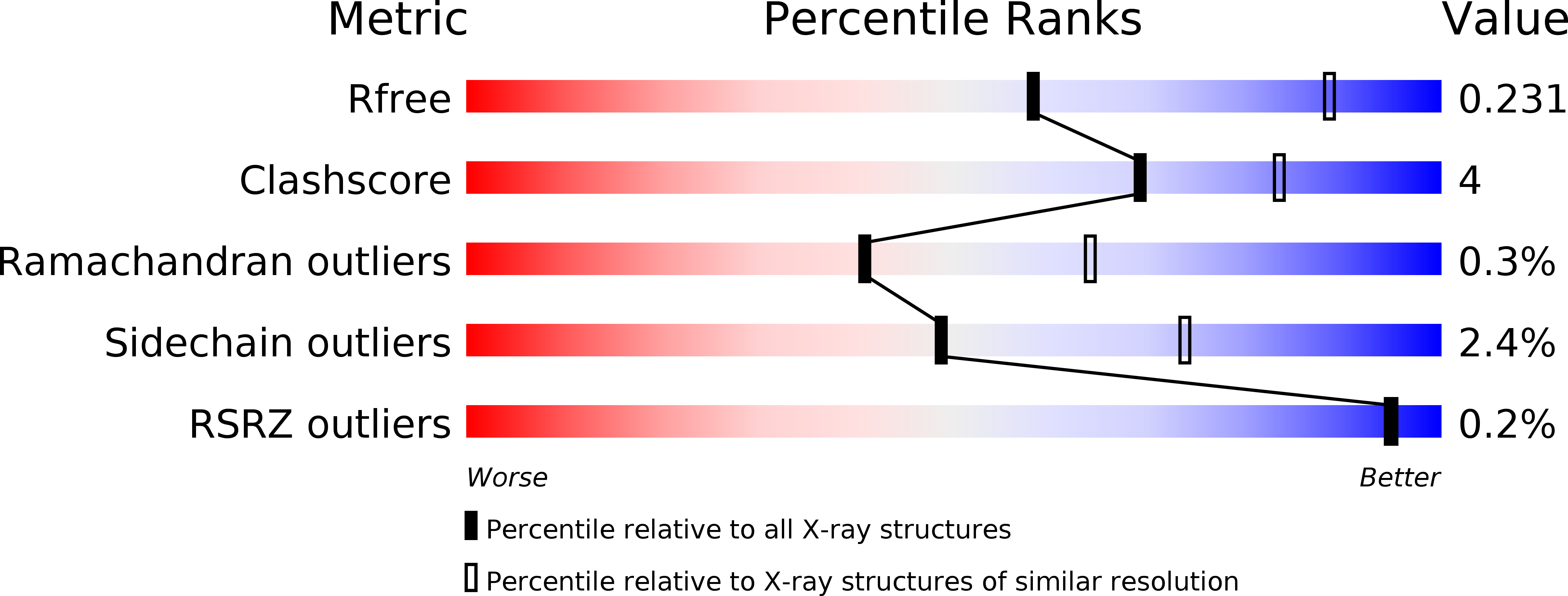
Deposition Date
2011-09-27
Release Date
2012-05-02
Last Version Date
2024-05-08
Entry Detail
PDB ID:
4A2L
Keywords:
Title:
Structure of the periplasmic domain of the heparin and heparan sulphate sensing hybrid two component system BT4663 in apo and ligand bound forms
Biological Source:
Source Organism:
BACTEROIDES THETAIOTAOMICRON (Taxon ID: 226186)
Host Organism:
Method Details:
Experimental Method:
Resolution:
2.60 Å
R-Value Free:
0.23
R-Value Work:
0.18
R-Value Observed:
0.18
Space Group:
P 3 2 1


